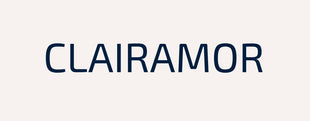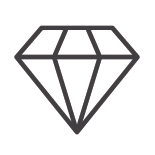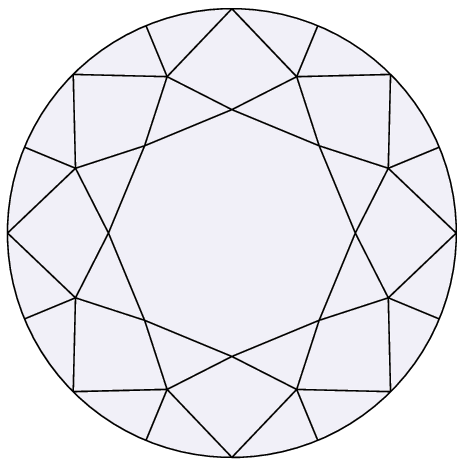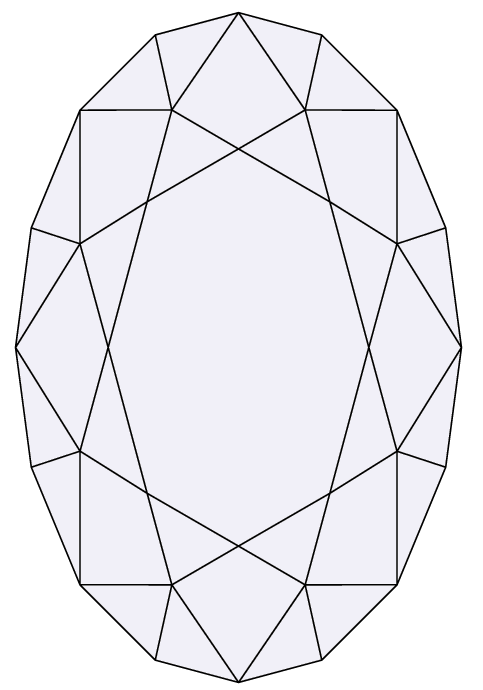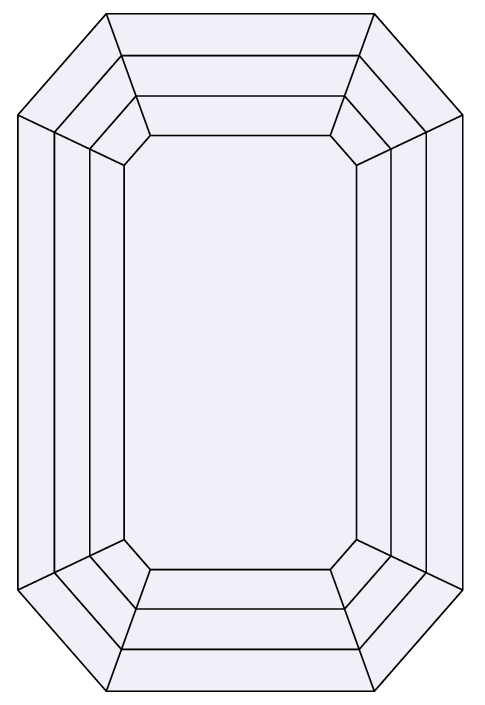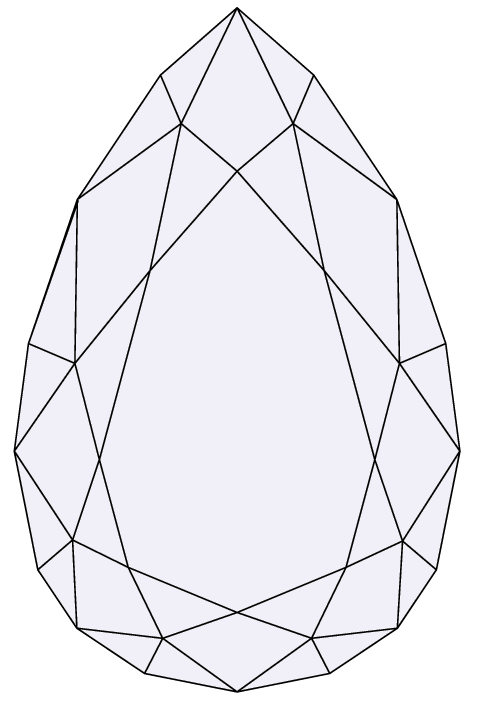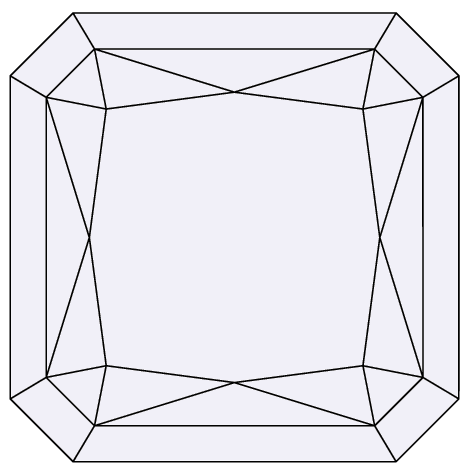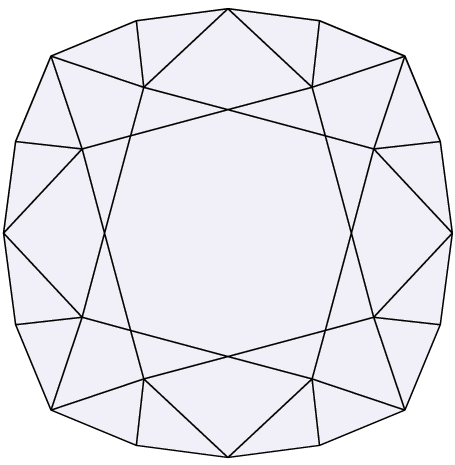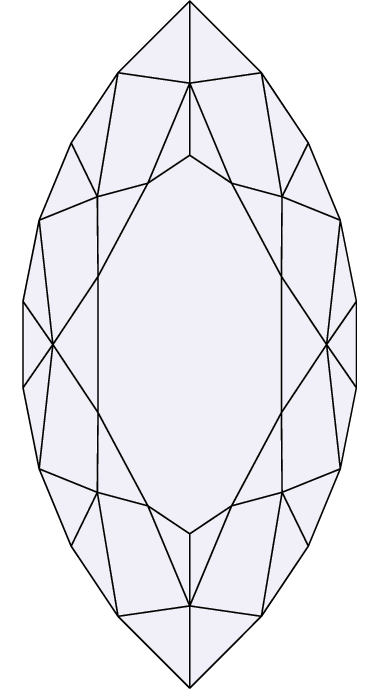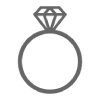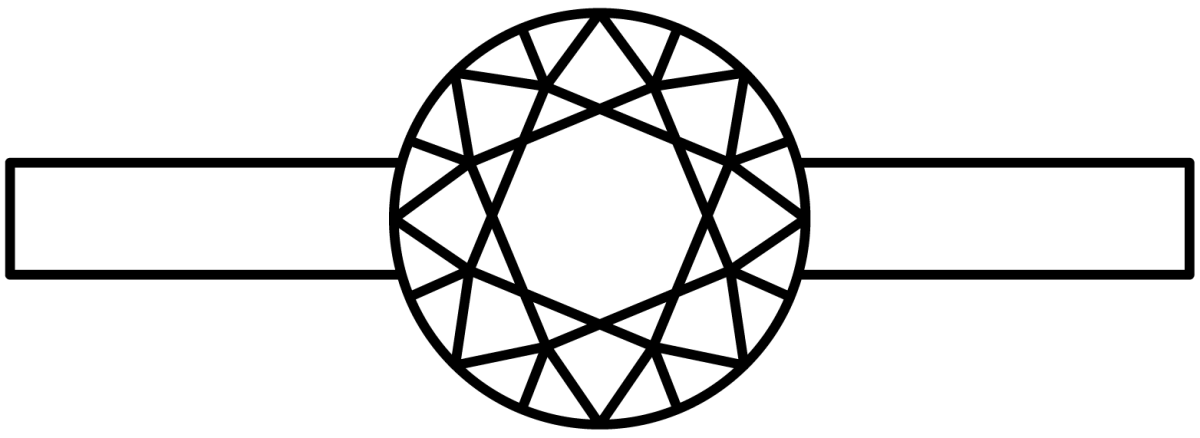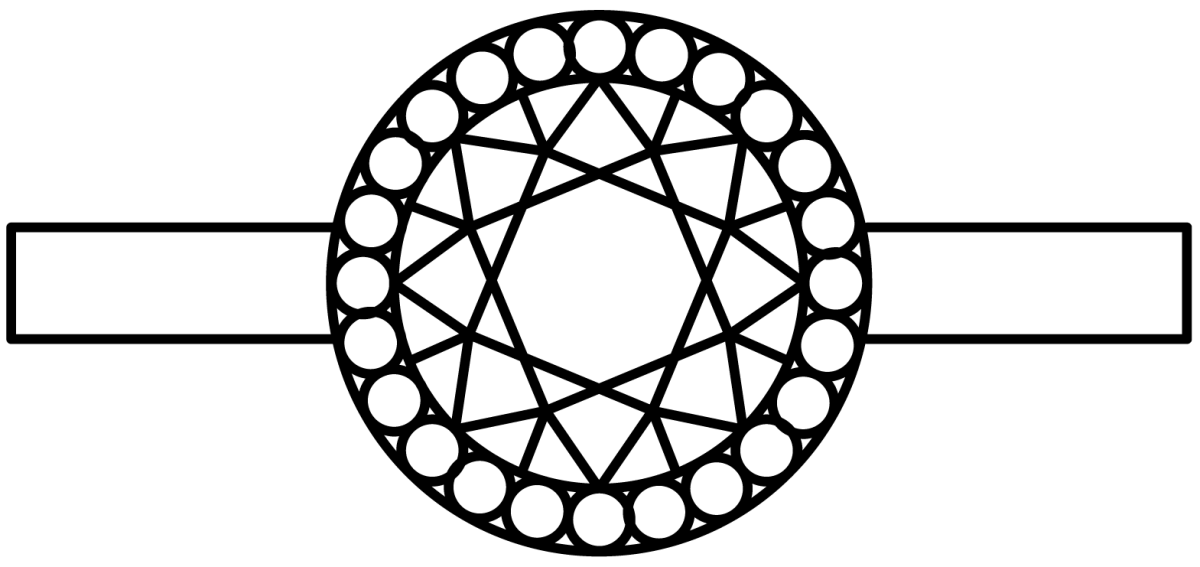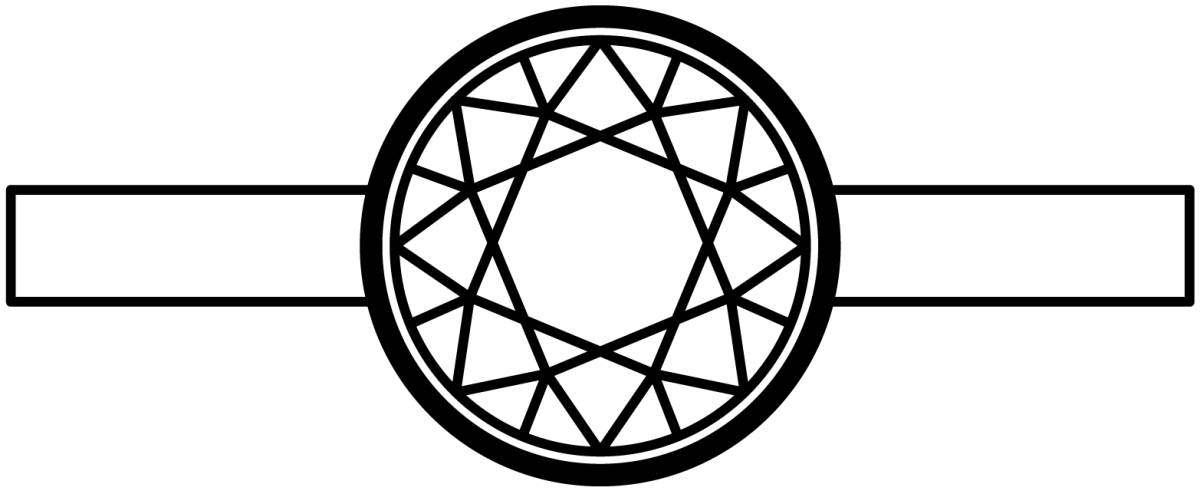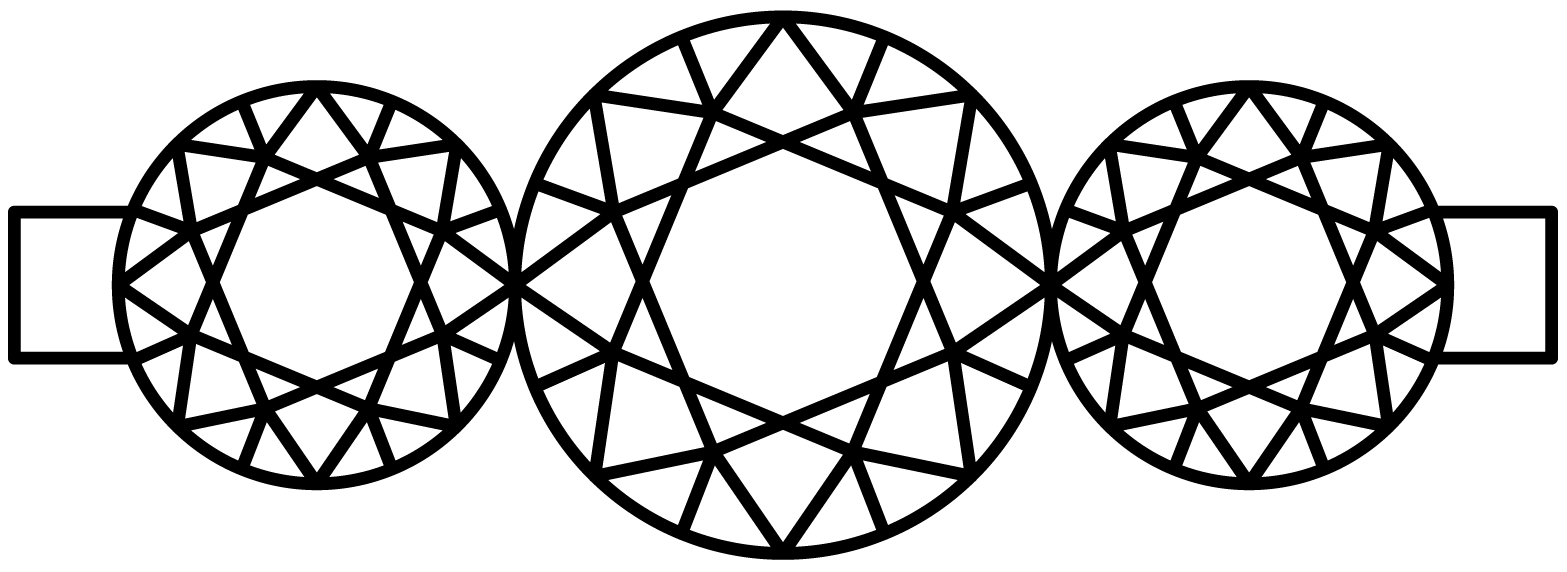What is a Diamond Certificate?
The Four Cs of diamond grading - Cut, Clarity, Color, and Carat weight - are the internationally recognized standard for evaluating the quality and characteristics of a diamond. These Four Cs are the most important factors that determine a diamond's value and are used by diamond experts and consumers alike to compare and evaluate diamonds. Understanding the Four Cs is essential when it comes to selecting the right diamond for you, whether you are purchasing a diamond for an engagement ring, a piece of jewelry, or an investment. Each of the Four Cs is unique and plays a distinct role in determining a diamond's value, and it is important to consider all Four Cs when evaluating a diamond.
Cut: The cut of a diamond refers to the angles and proportions that determine how well a diamond reflects light. A well-cut diamond will have a bright, sparkling appearance, while a poorly-cut diamond may appear dull or have dark areas. The cut grade is based on factors such as the diamond's symmetry, proportion, and finish, and it is determined by how well these factors work together to maximize the diamond's brilliance and fire. The GIA's cut scale ranges from Excellent to Poor.
Clarity: Clarity refers to the presence of internal and external flaws in a diamond, called inclusions and blemishes. A diamond with high clarity will have few or no visible inclusions, while a diamond with low clarity may have many visible inclusions. Clarity is graded on a scale that ranges from Flawless (no inclusions or blemishes visible under 10x magnification) to Included (inclusions and/or blemishes visible to the naked eye).
Color: Color refers to the presence of any color in a diamond. The most valuable diamonds are colorless, while diamonds with a yellow or brown tint are less valuable. The GIA's color scale ranges from D (colorless) to Z (light yellow or brown).
Carat weight: Carat weight measures the weight of a diamond, and is used to determine its size. One carat is equal to 0.2 grams, and a higher carat weight means a larger diamond. However, it is important to note that a diamond's value is not solely determined by its carat weight. The other Three Cs, as well as other factors such as cut, clarity, and color, also play a role in determining a diamond's value.
It is also important to note that while each of the 4 Cs is important in determining a diamond's value, they are not equally weighted. For example, a diamond's cut is considered to be the most important factor followed by color, clarity, and carat weight. Therefore, a diamond with a higher quality cut and color, but lower clarity and carat weight, may be more valuable than a diamond with a lower quality cut and color, but higher clarity and carat weight.
In addition to the Four Cs, other factors can affect a diamond's grade and value, such as fluorescence and symmetry. A diamond grading report from a reputable organization like the GIA (Gemological Institute of America) will provide a detailed evaluation of a diamond's quality based on these and other factors.
It is important to note that while diamond grading can provide a general idea of a diamond's quality, it is not an exact science, and different graders may have slightly different opinions on a diamond's grade. It is important to view the diamond in person and to consider your personal preferences when making a purchase.
When looking to purchase a diamond, it is important to consider the 4 C's and any other factors that may affect the value of a diamond, as well as purchasing from a reputable diamond dealer with a proven track record of selling high-quality diamonds that have been properly graded.
What to expect with a diamond certificate?
A diamond certificate, also known as a diamond grading report, is an official document issued by a reputable diamond grading laboratory that provides a detailed evaluation of a diamond's quality based on the Four Cs - Cut, Clarity, Color, and Carat weight - as well as other factors such as fluorescence and symmetry. The certificate includes a variety of information about the diamond, such as its measurements, weight, and the location and size of any inclusions or blemishes.
The certificate will typically include the following information:
Diamond shape and cutting style: The certificate will indicate whether the diamond is round, princess, oval, etc., and the type of cut the diamond has.
Measurements: The certificate will list the diamond's measurements in millimeters, such as the length, width, and depth of the diamond.
Carat weight: The certificate will indicate the diamond's weight in carats.
Color grade: The certificate will indicate the diamond's color grade on a scale that ranges from D (colorless) to Z (light yellow or brown).
Clarity grade: The certificate will indicate the diamond's clarity grade on a scale that ranges from Flawless (no inclusions or blemishes visible under 10x magnification) to Included (inclusions and/or blemishes visible to the naked eye).
Cut grade: The certificate will indicate the diamond's cut grade on a scale that ranges from Excellent to Poor.
Symmetry and polish: The certificate will indicate whether the diamond has good or poor symmetry and polish.
Fluorescence: The certificate will indicate if the diamond has fluorescence and its intensity.
Inscriptions or laser markings: The certificate will indicate if the diamond has any inscriptions or laser markings.
Identifying features: The certificate will include unique identifying features of the diamond such as the serial number, GIA report number, or other identification numbers.
Laboratory name and logo: The certificate will include the name of the laboratory that issued the certificate and its logo.
It is important to note that not all diamond certificates are created equal. It is important to purchase a diamond with a certificate from a reputable diamond grading laboratory such as the GIA (Gemological Institute of America), HRD (Hoge Raad voor Diamant), or AGS (American Gem Society) to ensure the authenticity of the diamond and the accuracy of the information provided on the certificate.
When looking to purchase a diamond, it is important to ask for the diamond's certificate and to review it carefully to ensure that the diamond has been properly graded and that you are getting the quality and value that you expect.
